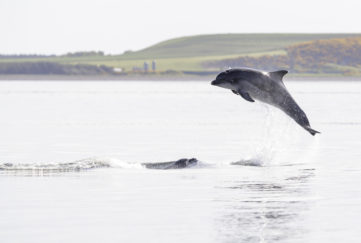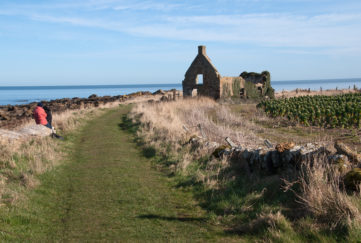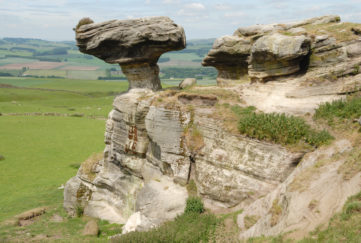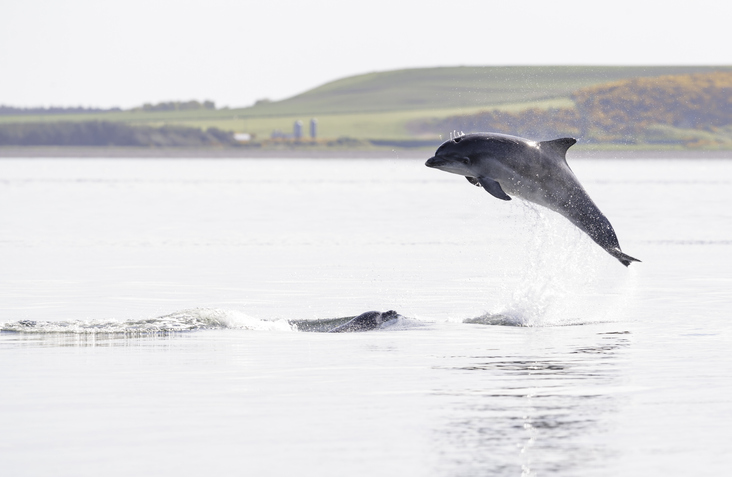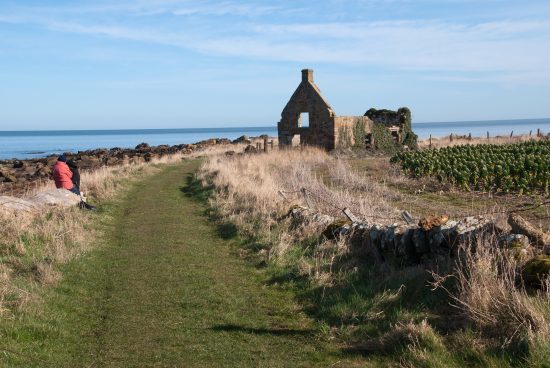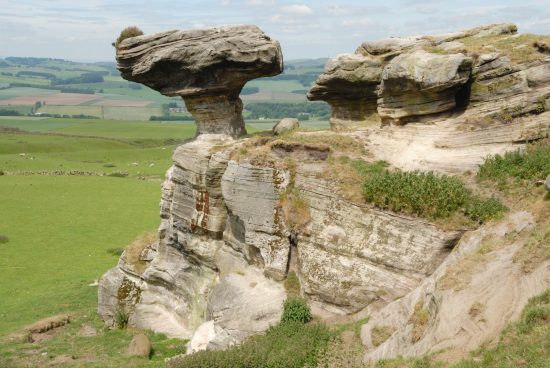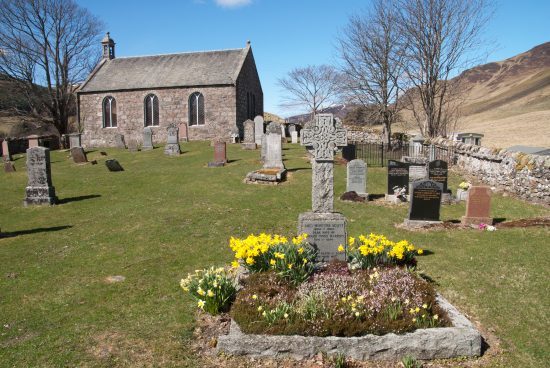What Connects Whitby With Australia?
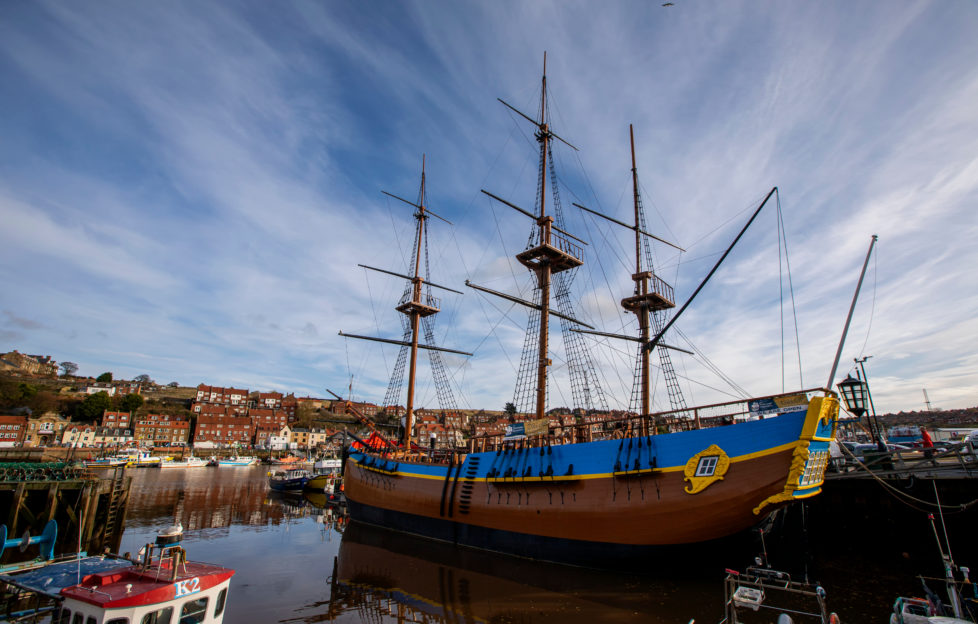
This article exploring the relationship between Captain James Cook, discoverer of Australia, and the seaside town of Whitby was first published in the “Friend” in July 2018.
Written for us by frequent “Friend” contributor Susie Kearley, it has been amended slightly for republication.
Captain James Cook set off on his maiden voyage two-hundred and fifty years ago.
It was an exciting time, full of risks, keen expectations, and a sense of adventure.
His first voyage was a combined Royal Navy and Royal Society expedition to explore the south Pacific Ocean. They left in August 1768, and returned three years later having discovered Australia.
The aim of the excursion was to record the transit of Venus across the sun and to explore the mythical Terra Australis Incognita.
Cook served an apprenticeship in Whitby, and you can still see the 17th-century house where he lodged at the harbourside, now the Captain Cook Memorial Museum.
In November 2018, an anniversary year, the museum hosted a special exhibition entitled “Whitby in the Time of Cook: the making of a great seaman”.
It covered key aspects of the town and the lives of the key figures who helped to shape it.
Cook served as apprentice seaman and master’s mate to Captain John Walker, based in Whitby.
The Captain Cook Memorial Museum
We walk through the house’s old kitchen, where Cook would have eaten and obtained his candles for study, then on to the main reception rooms and the attic where the apprentices slept.
We learn about that first voyage 250 years ago, commissioned by King George III. Cook was still a junior Naval officer, but he had good cartography skills.
HMS Endeavour departed from Plymouth, crossed the Atlantic to Tahiti in time to watch the transit of Venus.
Then they sailed south to New Zealand, where they charted the coastline before continuing west. Cook’s crew were the first Europeans to reach Australia, in April 1770.
Cook’s letters are fascinating, and there are many on display.
Sadly, we learn, he died in a conflict with native Hawaiians in 1779.
You can see his routes around the world, identify places he explored, and see the exotic species of plants and animals he discovered.
Today the adventurer is famed for exploring and mapping the eastern coast of Australia. The museum displays maps from before Cook’s exploration, to demonstrate the impact of his work.
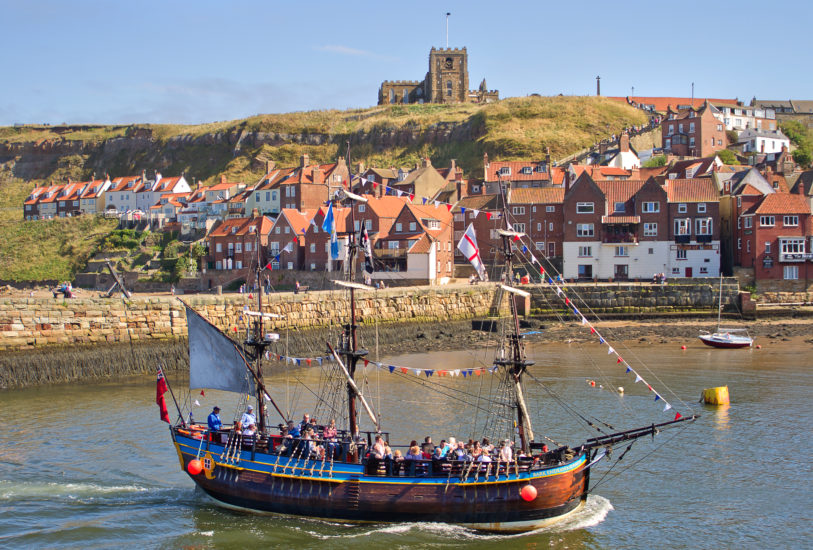
Shutterstock.
HM Bark Endeavour
I visited Whitby with my husband and we walked along the West Pier to the stunning replica of HM Bark Endeavour. Within the hour, we’re on board, travelling out to sea on this beautiful vessel.
It’s a very busy attraction. The waters were choppy, so we held on tight, entertained by a commentary about Captain Cook and his crew. While the talk filled us in on some history, seals splashed around nearby.
We glanced back to shore, admiring the ruins of Whitby Abbey on the cliff top, and the mediaeval church. After disembarking, we climbed the 199 steps to the church and abbey, and strolled around the gorgeous Gothic ruins, taking in the atmosphere.
Whitby is steeped in history, and there are echoes of Captain Cook everywhere. On the cliff top stands a statue of the man, overlooking Whitby Harbour the starting point of his historic voyages.
For more travel features from the “Friend”, click here.
Susie previously wrote about Whitby’s connection to the world’s most famous bloodsucker, Count Dracula. If you were a fan of the BBC’s recent adaptation, you should read about the character’s connections to the sleepy seaside town here.


